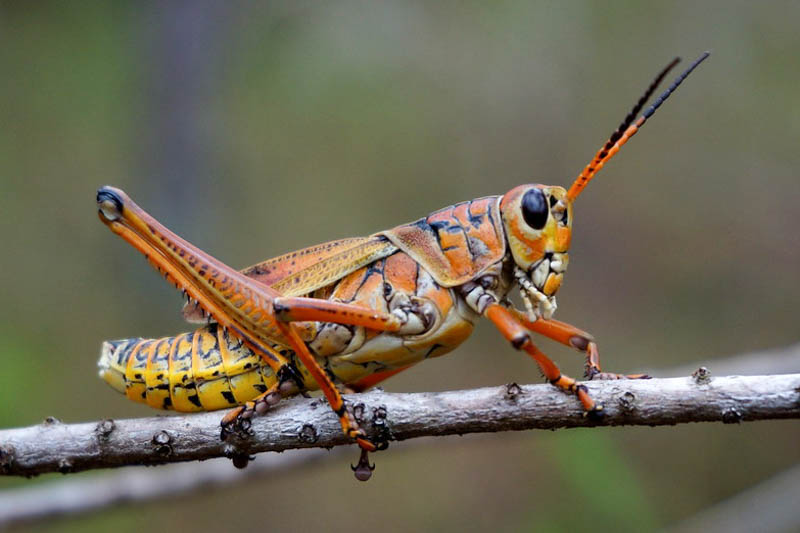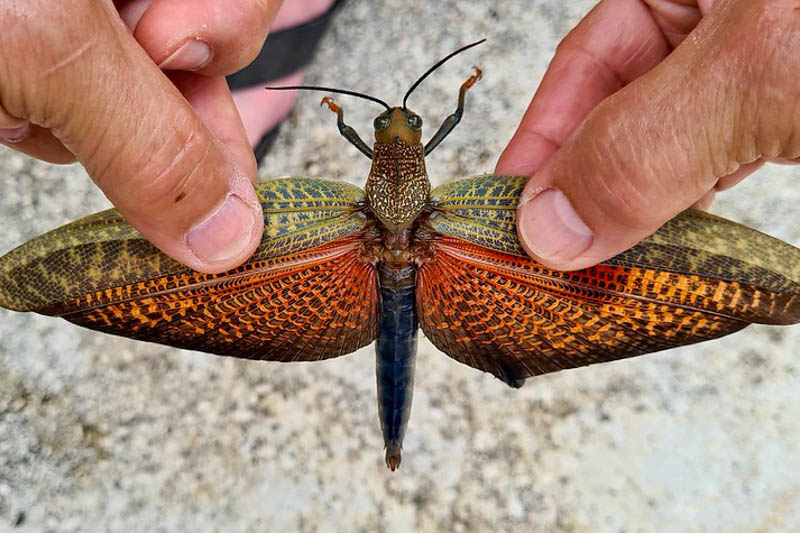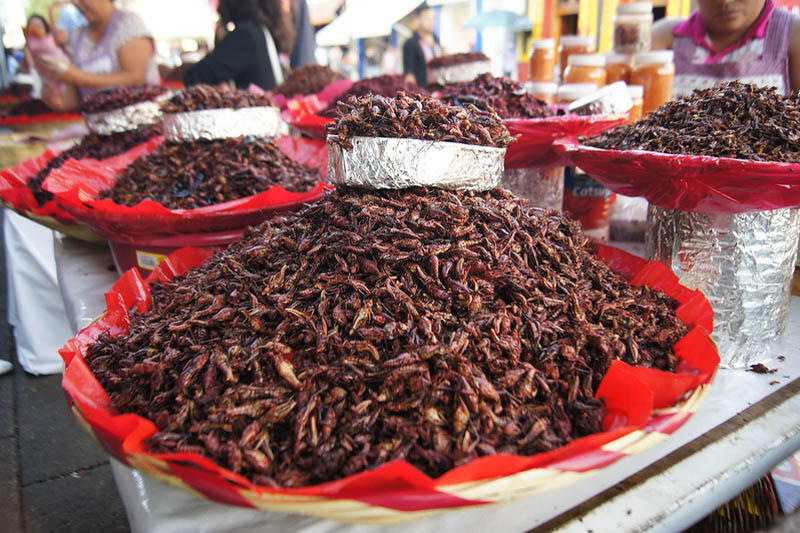Grasshoppers are more than just simple garden insects; they are complex creatures with a rich history and an important role in our world's ecosystems.
Grasshopper insects are more fascinating than they seem, with their extraordinary jumping abilities and crucial ecological roles that extend far beyond simple garden inhabitants.
A grasshopper is an insect belonging to the suborder Caelifera within the order Orthoptera, which also includes crickets and katydids. They are characterized by their long hind legs, designed for jumping, and are well-known for their ability to leap great distances. Grasshoppers are found worldwide, with a notable presence in grasslands, fields, forests, and urban areas. Their distribution spans from tropical to temperate regions.
They have a distinctive appearance, with a slender, elongated body, two pairs of wings (with the front pair being more rigid and the hind pair membranous), and antennae that are typically shorter than their body. Grasshoppers vary in color, ranging from green to brown, which helps them blend into their environment as a form of camouflage.
Regarding reproduction, grasshoppers lay eggs in the soil, from which nymphs hatch. These nymphs resemble smaller versions of the adults but without fully developed wings. They undergo a series of molts, shedding their exoskeleton as they grow until they reach adult size.
Grasshoppers play a significant role in the ecosystem, yet their impact on human activities, particularly agriculture, poses challenges requiring careful management.
 Eastern lubber grasshopper is the most distinctive grasshopper species found in the southeastern USA
Eastern lubber grasshopper is the most distinctive grasshopper species found in the southeastern USA
Grasshoppers are among the Earth’s most ancient insects, with a history dating back approximately 250 million years. This places them well within the era of the dinosaurs, highlighting their long-standing presence and resilience through vast periods of geological and environmental changes. Their evolutionary journey has equipped them with adaptations that have allowed them to survive through multiple mass extinction events, making them an extraordinary example of longevity and adaptability in the insect world and a subject of great interest in evolutionary studies.
There are over 11,000 known species of grasshoppers, each with unique characteristics, behaviors, and adaptations. They are distributed globally, spanning almost every continent, adapting to various habitats from tropical rainforests to arid deserts and temperate grasslands.
Grasshoppers can leap up to 20 times their body length. In human terms, that’s like jumping the length of a basketball court in a single bound! This extraordinary feat is a result of their powerful and well-developed hind legs, showcasing the remarkable adaptations of these insects for movement and survival in their environments.
Grasshoppers have a unique auditory anatomy compared to humans, as their ears are located on their abdomens. These ears are not like human ears; they consist of thin membranes called tympanal organs. Situated on either side of the first abdominal segment, these organs are sensitive to sound vibrations. This positioning allows grasshoppers to detect and respond to the songs produced by other grasshoppers, which is crucial for communication, particularly during mating rituals.
Certain species of grasshoppers can change their color, adapting to their environment in a manner similar to chameleons. This color change is primarily a survival adaptation, allowing them to blend into their surroundings and avoid predator detection. The process is typically gradual and can be influenced by factors such as temperature, humidity, and the color of the habitat. For instance, a grasshopper might turn a shade that matches the green of leaves or the brown of dry grasses and soil. This form of camouflage is an excellent defense mechanism, showcasing the grasshopper’s ability to adapt to varying environmental conditions for survival.
Grasshoppers are known for producing distinctive sounds, commonly referred to as songs, through a process called stridulation. This involves the rubbing of their hind legs against their wings. On their hind legs, grasshoppers have a row of pegs or ridges, and when these are rubbed against the veined area of their wings, it produces a series of chirps or songs. Each species of grasshopper has its own unique sound, which is used primarily for communication. These sounds play a crucial role in mating rituals, as they can attract potential mates and also serve as a means to establish territory among males.
Grasshoppers are predominantly herbivorous, feeding mainly on various plants, including leaves, stems, and seeds. However, some species exhibit omnivorous behavior. These grasshoppers have a more varied diet that includes not only plant material but also animal matter. Omnivorous grasshoppers may consume other insects, either live or dead. This behavior is often opportunistic, occurring when the usual plant food is scarce or when they stumble upon an easy protein source. Some grasshoppers scavenge for dead insects or carrion, supplementing their plant-based diet with additional nutrients found in animal matter.
Certain species of grasshoppers are indeed capable of flying long distances, an ability that sets them apart from other species that may only hop or fly short distances. This capacity for extended flight is particularly notable in grasshopper species known as locusts. For instance, the Desert Locust (Schistocerca gregaria) can form large swarms that travel vast distances. These swarms can cross continents and seas, driven by wind currents and in search of food. Long-distance flight is a survival strategy that allows these grasshoppers to escape unfavorable conditions, such as drought or food scarcity, and exploit new habitats.
As the name suggests, giant grasshoppers are significantly larger than typical grasshopper species. Some can reach sizes of over 4 inches (10 cm) in length.

The giant red-winged grasshopper (Tropidacris cristata) Is among the largest grasshoppers in the world by length and wingspan, reaching up to 5.7 inches (14.5 cm) and 9.4 inches (24 cm), respectively.
Grasshoppers are vital in ecosystems, primarily as herbivores controlling plant growth and as key prey for predators like birds and reptiles. Their consumption of vegetation aids in plant species regulation, while their droppings enrich the soil with nutrients, fostering soil fertility. Although they can impact agriculture negatively, their role in natural food webs underscores their importance in maintaining ecological balance and supporting biodiversity.
As indicator species, grasshoppers provide significant insights into ecosystem health and integrity. Their sensitivity to environmental changes makes them effective biological indicators. A healthy grasshopper population often reflects a well-balanced ecosystem with adequate vegetation diversity and quality. Conversely, changes in grasshopper populations, such as unusual increases or decreases, can signal ecological disturbances like habitat loss, pollution, or climate change impacts. These changes might indicate alterations in vegetation patterns, soil conditions, or overall habitat quality. By monitoring grasshopper species diversity and abundance, ecologists can assess the health of ecosystems, making these insects valuable tools in ecological research and environmental management.
In some regions, particularly in Africa, Asia, and Mexico, grasshoppers are considered a delicacy. Known for their high protein content, they are eaten as a sustainable alternative to traditional meat sources.
 Chapulines are grasshoppers of the genus Sphenarium that are commonly eaten in certain areas of Mexico
Chapulines are grasshoppers of the genus Sphenarium that are commonly eaten in certain areas of Mexico
The Grasshopper cocktail is known for its minty flavor, which comes from the Crème de Menthe, balanced by the sweet chocolate taste from the Crème de Cacao. Its creamy consistency and refreshing taste make it a delightful treat, especially for those who enjoy sweet, dessert-like cocktails. Some dessert recipes, such as the Grasshopper pie, take inspiration from this cocktail, combining mint and chocolate flavors in a pie format.
Grasshoppers hold significant cultural and symbolic importance across various societies and histories. In many cultures, grasshoppers are symbols of good luck, prosperity, and fertility. Their ability to jump high and far is often seen as a metaphor for taking big leaps forward or overcoming obstacles. In various spiritual and philosophical contexts, grasshoppers are seen as emblems of freedom, creativity, and the ability to move forward with great leaps. In some Native American tribes, grasshoppers are featured in traditional stories and myths, sometimes representing carefree spirits or tricksters. In ancient Greek culture, grasshoppers were seen as a symbol of nobility and immortality.
Create a membership account to save your garden designs and to view them on any device.
Becoming a contributing member of Gardenia is easy and can be done in just a few minutes. If you provide us with your name, email address and the payment of a modest $25 annual membership fee, you will become a full member, enabling you to design and save up to 25 of your garden design ideas.
Join now and start creating your dream garden!
Create a membership account to save your garden designs and to view them on any device.
Becoming a contributing member of Gardenia is easy and can be done in just a few minutes. If you provide us with your name, email address and the payment of a modest $25 annual membership fee, you will become a full member, enabling you to design and save up to 25 of your garden design ideas.
Join now and start creating your dream garden!